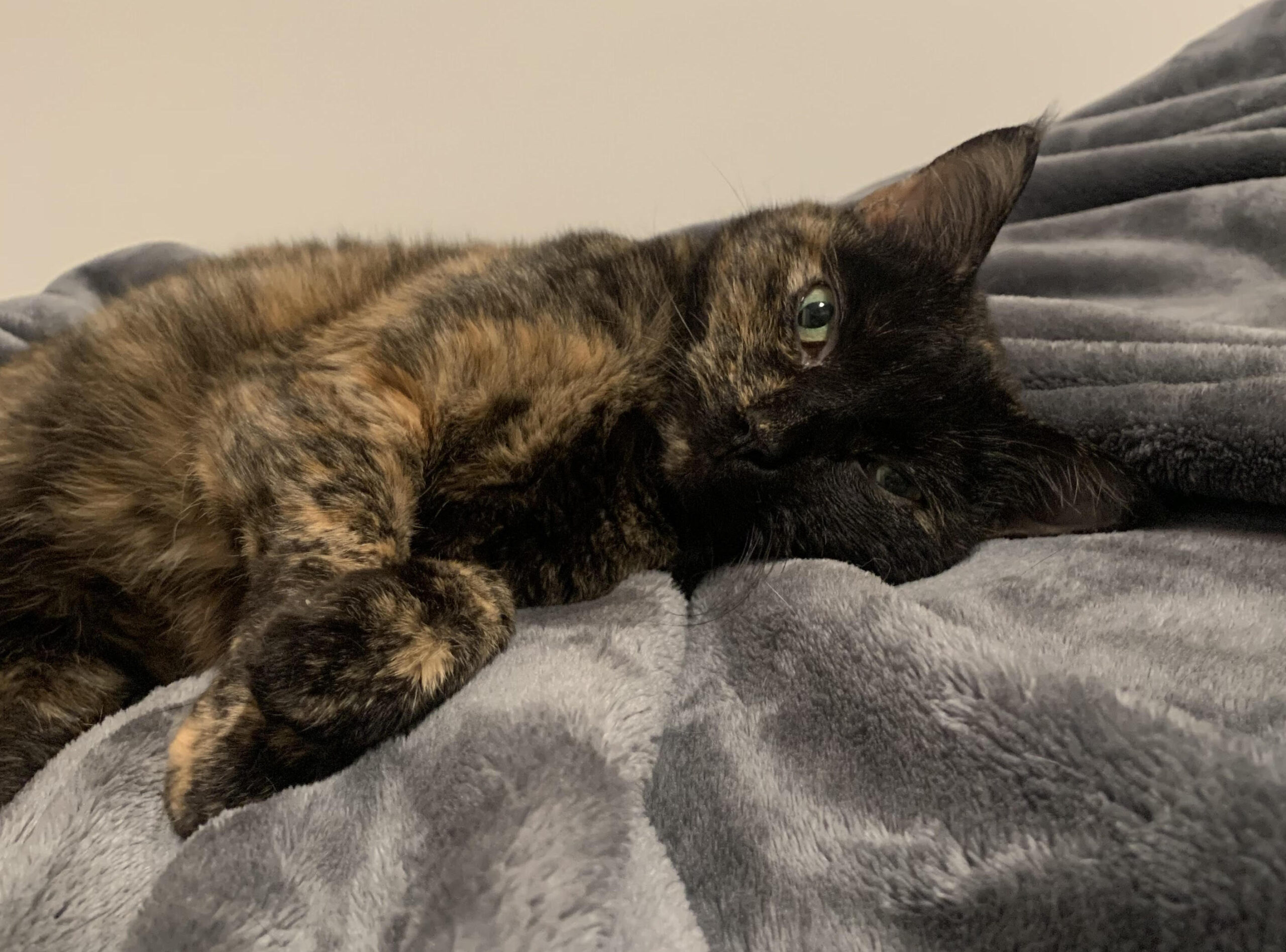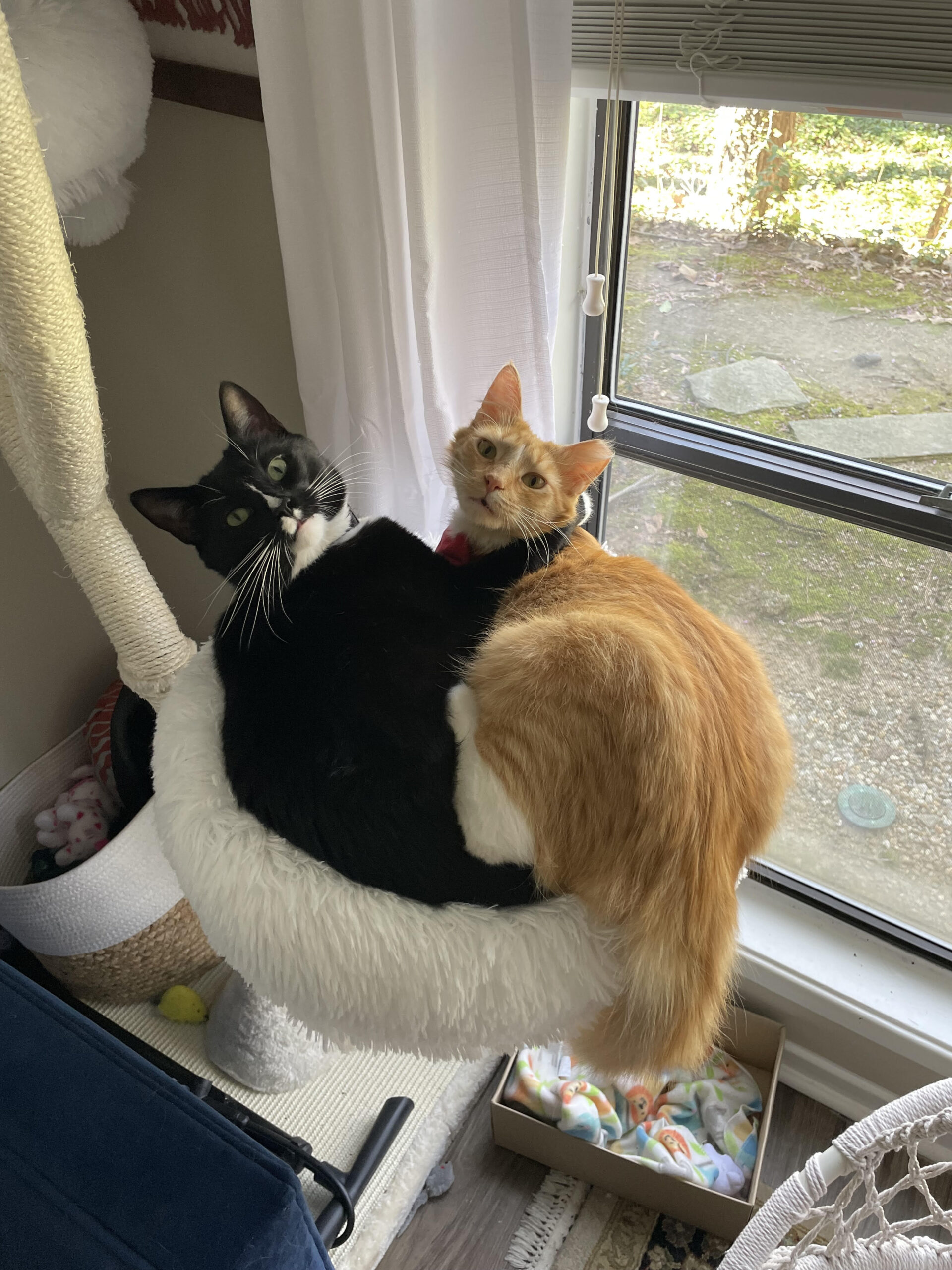Community cats, often referred to as feral cats, are a common sight in many neighborhoods. While some may view them as charming or an integral part of the local environment, unchecked cat populations can lead to numerous issues. The most humane and effective solution to these problems is spaying and neutering. This blog delves into why spaying and neutering community cats is vital for their well-being and the broader community.
Controlling Population Growth
One of the primary reasons to spay and neuter community cats is to control their population. Cats are prolific breeders; a single pair of cats and their offspring can produce thousands of kittens over several years. Without intervention, these numbers can quickly become unmanageable, leading to overpopulation. Spaying and neutering help stabilize and gradually reduce the population, preventing overcrowding and the suffering that comes with it.
Health Benefits for Cats
Spaying and neutering significantly improve the health and longevity of community cats. Neutered males are less likely to roam far from their territory, reducing their risk of injury from fights or accidents. They are also less likely to contract diseases such as feline immunodeficiency virus (FIV) and feline leukemia virus (FeLV), which are often spread through fighting and mating. Spayed females avoid the constant stress and physical toll of repeated pregnancies, which can lead to a host of health problems, including uterine infections and certain types of cancer.
Reducing Nuisance Behaviors
Intact cats often exhibit behaviors that can be problematic for both the cats and the people living nearby. These behaviors include loud yowling, urine spraying to mark territory, and aggressive fighting. Such activities can cause disturbances and lead to complaints from residents. Spaying and neutering help reduce or eliminate these behaviors, promoting a more peaceful coexistence between community cats and humans.
Economic Benefits
Managing large populations of community cats can be costly for communities. Animal control, sheltering, and public health services often bear the brunt of these expenses. Spaying and neutering are cost-effective strategies that can reduce these financial burdens over time by preventing the influx of new cats needing care.
Ethical and Humane Approach
Spaying and neutering are humane approaches to managing community cat populations. Unlike other methods that may involve euthanizing healthy but unwanted animals, spaying and neutering allow cats to live out their lives in their natural habitat without contributing to overpopulation. This approach is more ethical and garners greater public support for animal welfare initiatives.
Effective Trap-Neuter-Return (TNR) Programs
Trap-Neuter-Return (TNR) programs are widely recognized as the most effective method for managing community cat populations. These programs involve humanely trapping cats, spaying or neutering them, and then returning them to their territory. TNR stabilizes the population, improves the cats’ health, and reduces nuisance behaviors, leading to greater community acceptance and support.
Enhancing Public Health
Spaying and neutering, as part of a broader TNR program, typically include vaccinations that help protect public health. By controlling the population and ensuring cats are vaccinated, we can minimize the risk of disease transmission to humans and pets.
Building Better Community Relations
Managing community cat populations through spaying and neutering fosters positive relations between animal welfare organizations, local governments, and residents. It demonstrates a commitment to humane and effective solutions, encouraging community involvement and support for animal welfare initiatives.
Conclusion
Spaying and neutering community cats are not just about controlling numbers; it’s about creating healthier, more manageable populations that can coexist harmoniously with human communities. These practices lead to numerous benefits, including improved cat health, reduced nuisance behaviors, protection of local wildlife, economic savings, and enhanced public health. Supporting and implementing widespread spay and neuter programs, particularly through TNR, is essential for the well-being of community cats and the communities they inhabit.
By taking these steps, we can ensure that community cats live healthier, happier lives while reducing the challenges associated with overpopulation. Let’s work together to promote the importance of spaying and neutering and make our communities a better place for all.




